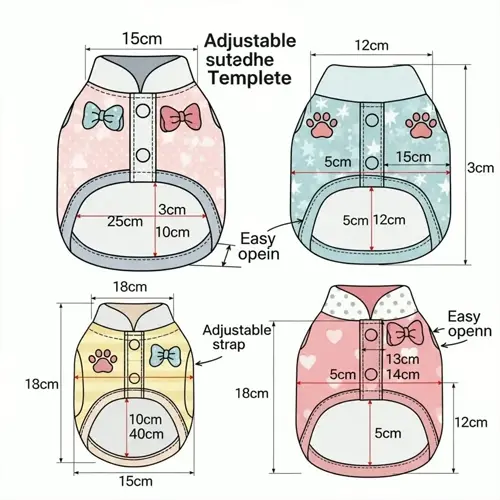What safety precautions are essential for crating?

Written by
David Smith
Reviewed by
Prof. Henry Webster, Ph.D.Crate safety prevents accidents and allows for comfort in confinement. It is necessary to take proper precautions to protect dogs from preventable hazards. The removal of collars prevents strangulation. Adequate ventilation is a necessity for flat-faced breeds. Sufficient space is required for unrestricted movement. Inspection prevents hazards from becoming problems.
Collars & Restraints
- Always remove collars before crating
- Avoid harnesses that could snag on bars
- Use breakaway collars if absolutely necessary
- Check for dangling tags that might catch
Temperature Control
- Position crates away from direct sunlight
- Maintain 65-75°F (18-24°C) ambient temperature
- Use cooling mats for heat-sensitive breeds
- Install thermometers near crates
Correct crate sizing helps prevent physical strain. Measure the dog's standing height and add four inches. Measure nose to tail length with the addition of six inches. Oversized crates promote bathroom accidents. Undersized crates prevent free movement, which is dangerous. Brachycephalic breeds require extra space for ventilation. Include dividers for growing puppies.
Hydration management functions as a counter-balance to safety considerations. Use spill-proof bowls secured firmly to the walls of the crate. Use chew-proof and chew-resistant stainless steel bowls. Avoid using plastics, as some may splinter. Observe the animal's water intake during longer sessions. Remove water two hours before bedtime. Always allow access to water throughout the day of confinement.
Regular checks eliminate hidden dangers. Check closures for good locking. Inspect all welds and joints for any signs of weakness or imperfections. Replace bedding that might come apart. Sanitize crates weekly to avoid bacteria. Have a monthly inspection for everything. Repair as soon as found.
Read the full article: 10 Essential Dog Crate Training Steps

